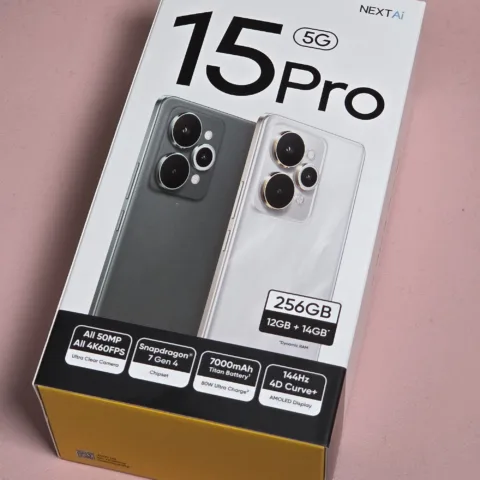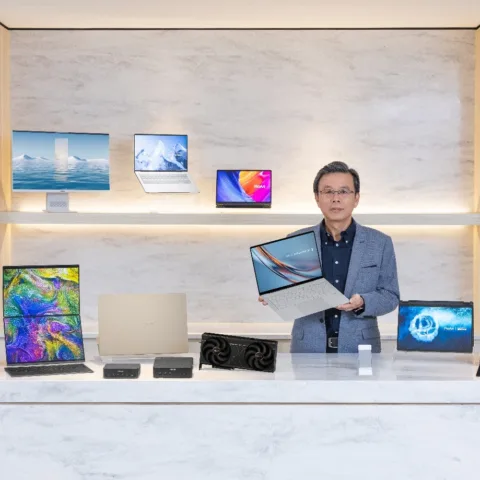When it comes to mobile ecosystems, many consider apps as the most important factor in deciding whether the device, generally a phone or tablet, is worth buying. Apple is primarily seen as the guilty one for not only spreading but enforcing this notion among general consumers, bloggers, and journalists alike. Other platform owners end up following along to avoid being pushed into irrelevance. In reality though, how many apps do people use on a daily basis?
First of all, let’s bring out the numbers. Apple put App Store figures at over 775,000 apps back in January, a growth of 25,000 apps per month since October. Businessweek revealed that Google also had 700,000 apps residing in Google Play in October, with projections to hit 1 million apps by June this year. Microsoft’s Windows Phone Store has over 100,000 apps and BlackBerry App World has over 70,000 for BlackBerry 10, all reported over the last three months.
Jenna Wortham at the New York Times asked if we’re suffering from app burnout and whether people don’t download new ones anymore. Well, Vine is certainly a brand new app and it gets a lot of use on a daily basis, but in general, apps need to be innovative and attractive enough to warrant a download, let alone a second look, and most importantly, it needs to solve a purpose.
When we first sign up to the companion store for our mobile device, and let’s face it, every modern mobile platform now has a store attached to it, we’ll very much be attracted to try out all the apps that we find interesting.
We’ll grab the essential apps of course, but afterwards, it’s very difficult to resist the temptation of downloading more thanks to app recommendations from various sources, based on how attractive the icon is, or how catchy the name or the premise of the app may be.
After several tries, and we’ll probably find that we initially spend no more than a minute on each, we end up with a core set of apps that will get used regularly. The rest? They’ll just occupy the space in our devices “just in case”, never mind the fact that we’re generally allowed to redownload any app that we have paid for for free as long as it’s on the same account and the app hasn’t been removed from the store for what ever reason.
We’ll also find that we tend to remove apps which presents no value whatsoever to our daily routine. Many of the remaining apps however, stay on the device thanks to various levels of utilities or value. Some may even stay due to perceived future value, meaning that we might want to use the app in the future.
So, are we suffering from app burnout? Have we got too many apps on our devices? Out of an average of 100 apps in each of my three mobile devices, 30 to 40 are used on a weekly basis, and around 20 apps get used daily, but none of the last 10 downloaded apps on the iPod touch had been used in the last week and at least five will probably be deleted soon.
Growing mobile
Wortham cites a Nielsen research from 2012 which says that the number of apps per smartphone increased over the previous year and that people are spending more time on apps vs the web. This represents opportunity for mobile developers.
The Next Web reports that GREE and Yahoo Japan are committing more than $2 million in a mobile gaming joint venture. Mobile oriented companies like Line, Kakao, and mig33 are pushing towards their own contained mobile ecosystems with their own messaging apps, utility apps, and games. Facebook is also not far behind with its own ecosystem. The onslaught of mobile apps will continue and it’s up to consumers to decide whether to welcome them on their devices.
For app developers, the general take out of this is that the market is certainly growing but it’s getting even tougher as big companies are making their moves to cement their positions in the industry. There are more viable mobile platforms to consider today and more ways to earn revenue out of mobile apps, from paid apps, ad-supported apps, subscriptions, in-app upgrades, and so on.
Developers will have to be much more creative at making and distributing apps that attract attention from consumers to get those apps used. The fight is to be among the 30 or so apps installed and used regularly on consumers’ devices.










